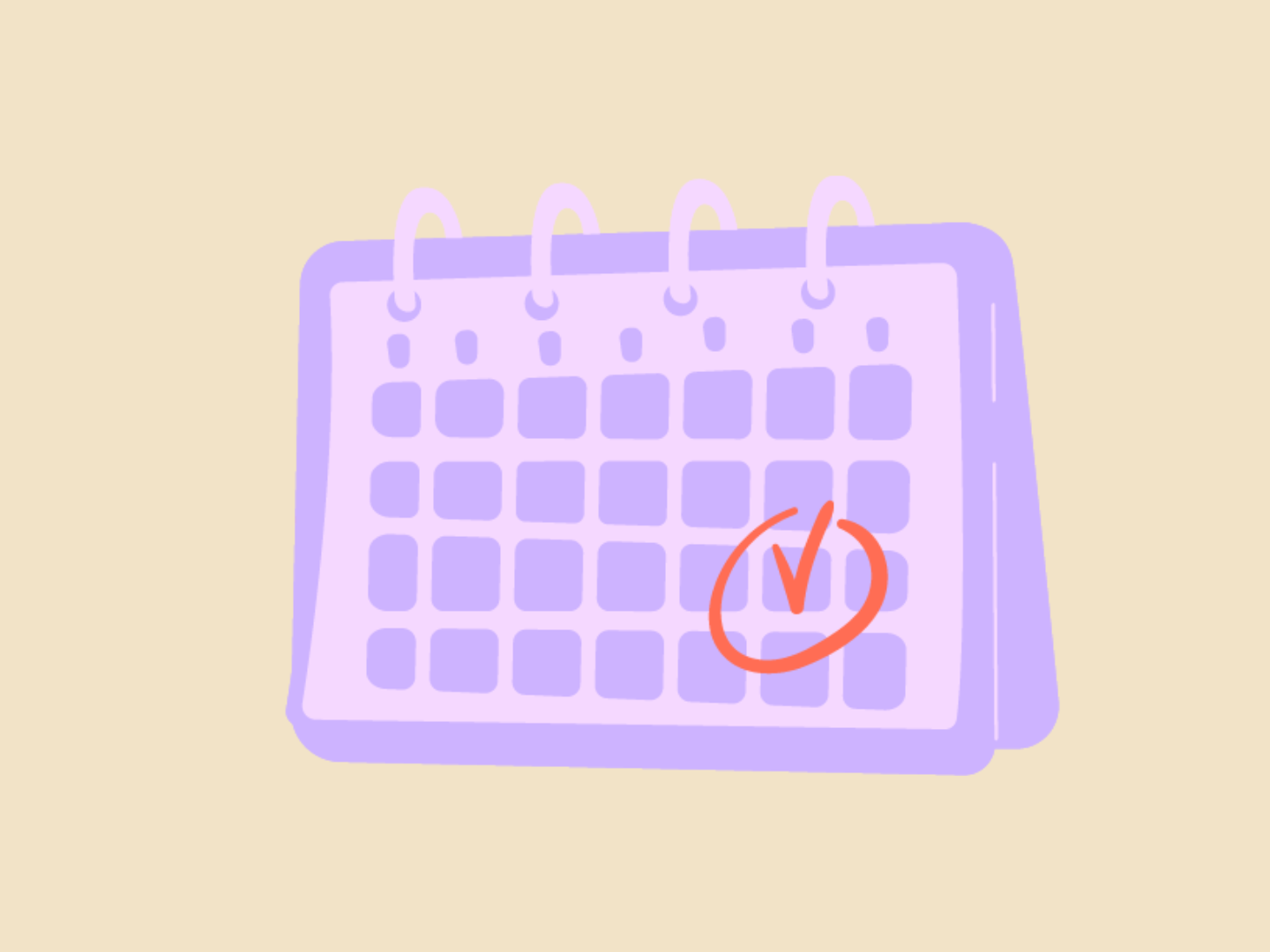Medically reviewed by Kara Leigh Smythe, M.D. and Anne Peled, M.D.
Forty percent of breast cancers are detected by patients who discovered their own lump, according to Johns Hopkins Medical Center. Being familiar with the normal look and feel of your breasts can empower you to detect changes that warrant checking in with a health care provider.
Read below for how to perform a breast self-exam, when is best to do one, and what to look for.
1.Pick The Same Time Each Month

- For those who menstruate: Choose a time towards the end of your period to avoid hormonal changes that can influence the breast tissue.
- For those who don't: Select a time that you'll remember easily. Choose a day of the month (e.g. the 1st or 15th) and consistently perform your self exam on that day.
2. Examine Your Breasts In Front of a Mirror

- Use a mirror to visually inspect your breasts. With your arms at your side, look for any signs of swelling, redness, dimpling of the skin, contouring and changes in the nipples.
- Next, raise your arms high overhead and repeat these steps.
3. Feel for Unusual Changes in the Shower

- In a warm shower, use three fingers to check the entire breast and armpit area by pressing down with light, medium, and firm pressure.
- Look for any lumps, hardened knots, or any other changes.
4. Repeat Self-Exam Lying Down

- Repeat the self-exam lying down. Begin by placing your right arm behind your head. Using your left hand, move the pads of your fingers around your right breast and armpit. Use light, medium, and firm pressure.
- Repeat these steps for your left breast and look for changes in the nipples, including discharge.
If you notice breast changes, discuss them with a health care provider.








